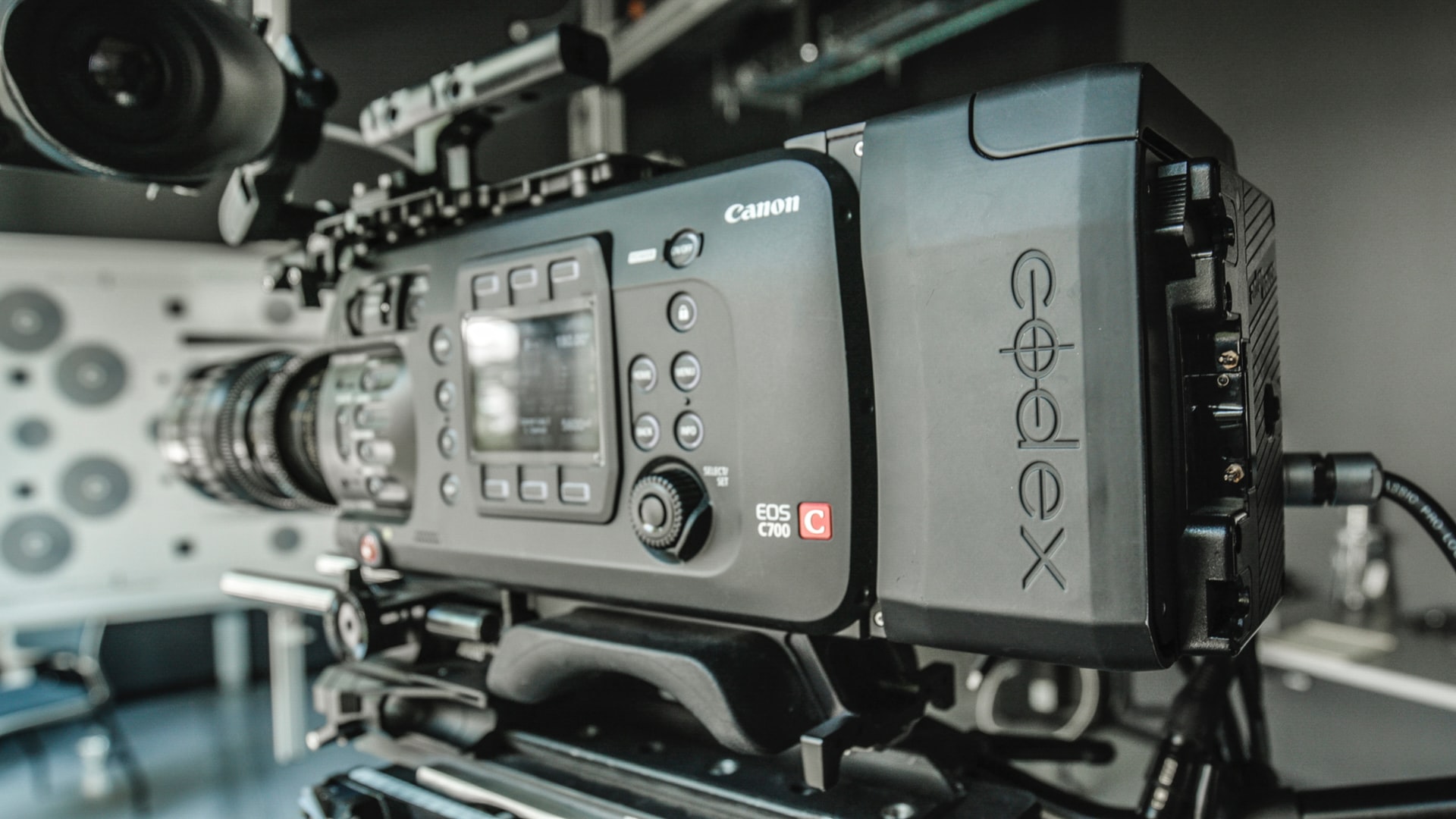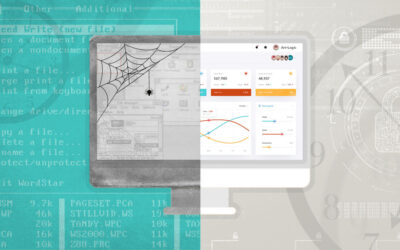A Digital Asset Management (or DAM) system is a software tool that makes it easy to organize multimedia assets such as photos, videos, and audio.
For organizations in industries like entertainment or advertising, organizing and utilizing thousands or even millions of these assets can represent a major challenge. For example, a photo shoot might include a large number of images that need to be sorted and approved by models or legal departments before they can be used.
As an organization accumulates multimedia files in the course of various projects, it becomes increasingly important that they are able to easily locate a given asset and go through the workflow associated with it. That’s where a DAM system comes in.
The Benefits of a DAM System
A DAM system delivers a range of advantages to organizations that work with a large number of multimedia assets. Let’s walk through each of the key benefits.
- Organization
A photo shoot may involve thousands of assets, but ultimately, only a handful of those assets may end up being published or otherwise utilized outside of the business. Organizing these assets in a way that allows you to easily navigate and find the content you want – and filter out the content you don’t intend to use – is a crucial and powerful aspect of a DAM system.
Digital Asset Management delivers an intuitive, logical hierarchy for storing assets according to subject matter, date, or even divisions within the company. This allows you to drill down to assets that are relevant for a particular topic or time, helping you narrow down your focus and locate the right assets with a flexible search tool. - Security
DAM system users typically fall into various roles: photographers, editors, producers, talent, lawyers, administrators, and others. For this reason, the security system in a DAM can limit access to content based on its relevance to a particular user or role. The system can also limit access to features in the same way. A photographer, for example, may have permission to upload but not edit metadata, while the reverse would hold true for an editor.
These permission features can improve the user experience for everyone who uses the DAM, while preserving the integrity of the data and limiting the exposure of sensitive content. - Full lifecycle features for digital content
With a DAM system, there is little need to move content between various applications in order to manage different parts of the workflow – a major timesaver for individuals in a variety of roles.
The DAM facilitates every stage of a digital asset’s lifecycle, from the time an asset is uploaded by a photographer to the editing process to review by talent and legal representatives. The idea behind the DAM is to provide a toolset that’s robust enough to handle all of an organization’s major needs surrounding digital assets, minimizing the number of different tools they must buy, learn, and use. - Streamlined approval workflow
One part of the lifecycle of an asset that’s particularly important is the approval workflow. The photographers who provide the original content are usually not involved in reviewing and determining what part of that content ends up getting used. Those kinds of decisions are handed off to editors, talent, and legal professionals.
In the case of celebrity photography, for example, talent is a crucial user in the process. A DAM can automatically send talent notifications and links for review, communicating deadlines clearly. When models and other talent come into the system, they will have access to the content that is relevant to them – and only that content.
Entertainment organizations typically have contracts that limit the percentage of photographs an individual model can reject. The system can support specific needs and specifications such as this, preventing talent from going over pre-determined limits for approval and rejection. - Rich metadata
Another powerful feature provided by a DAM is the ability to edit metadata for assets. This metadata might contain important information such as legal restrictions on usage. The metadata is also crucial for searching – if you don’t know where in your hierarchy a particular asset is stored, you can search for all images of a given person, say, or everything associated with a particular product or show.
For many entertainment, advertising, and other such companies, a Digital Asset Management system is a crucial digital foundation for their business. By taking advantage of a DAM’s powerful organization, security, and workflow features, it is possible to streamline operations and achieve new levels of efficiency.



